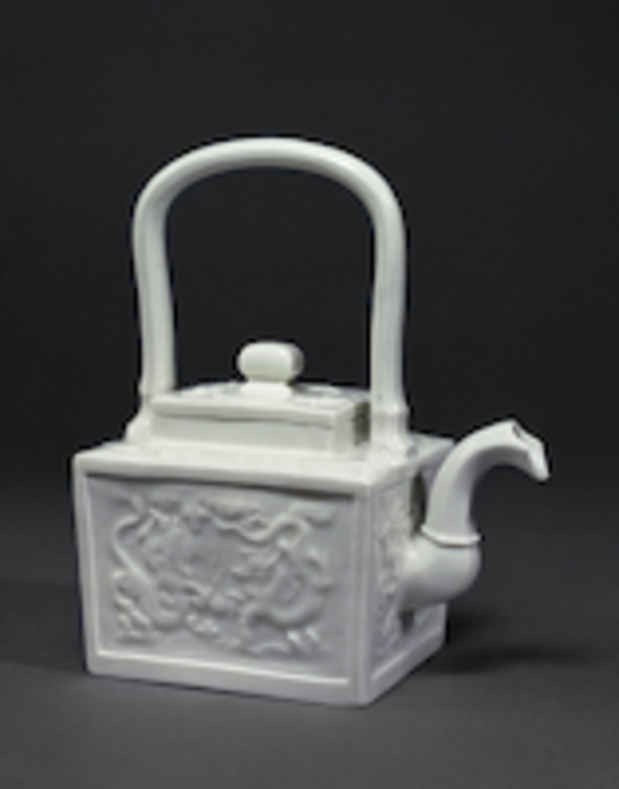"The Arnhold Collection of Meissen Porcelain, 1710–50" Exhibition
The Frick Collection

This event has ended.
The Frick Collection is exhibiting a selection of Meissen porcelain from the collection of Henry Arnhold. One of the greatest private holdings of early Meissen assembled in the twentieth century, the collection was formed in two phases, the first in Dresden between 1926 and 1935 by Henry’s parents, Lisa (née Mattersdorff; 1890–1972) and Heinrich (1885–1935) Arnhold; the second, by Henry in New York between 1972 and 2006. Heinrich Arnhold, trained as a lawyer and a member of a powerful banking family in Dresden, and his wife, who had studied medicine, were married in 1914 and became deeply involved in the cultural and intellectual life of the city. Their interest in collecting porcelain may have stemmed, in part, from the fact that Heinrich served on the boards of thirteen porcelain and ceramic firms in Saxony with which his bank was affiliated. He and Lisa began by making a few tentative purchases of porcelain, which were later sold, before deciding to focus on the acquisition of pieces from the early period at Meissen, choosing, almost exclusively, wares and vases rather than figures.
The formula and method for manufacturing true porcelain were developed in China by the sixth century but remained a consuming mystery in the West until their discovery in 1709 by the alchemist Johann Friedrich Böttger (1682–1719), under the patronage of August II, elector of Saxony and king of Poland. The following year, the king established a royal manufactory outside of Dresden in the town of Meissen, and the porcelain created there has been known by that name ever since.
The early years at Meissen were exciting times of experiment, not only with the formula for porcelain but also with shapes and decoration. Initially, many of the works produced were direct imitations of Japanese and Chinese objects in August II’s famous collection. Others had European forms incorporating Asian decorative motifs. Because the manufactory initially had difficulty with firing enamel colors, most of the wares were white or were painted or gilded after firing.
Media
Schedule
from March 25, 2008 to June 29, 2008